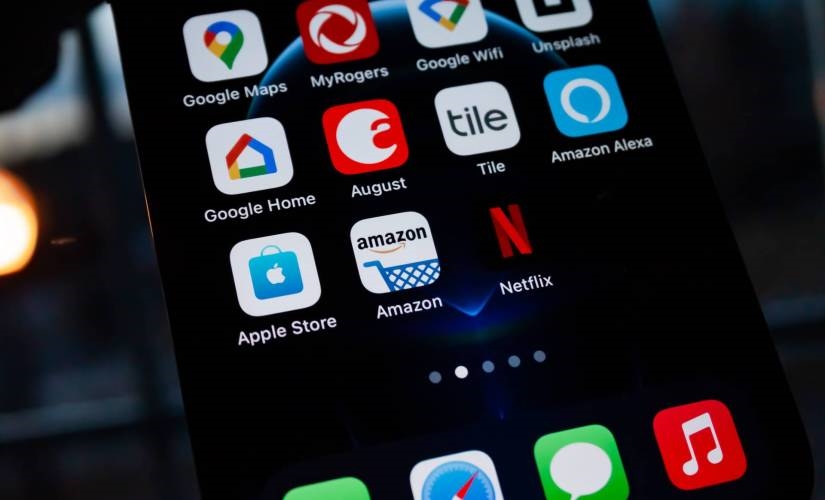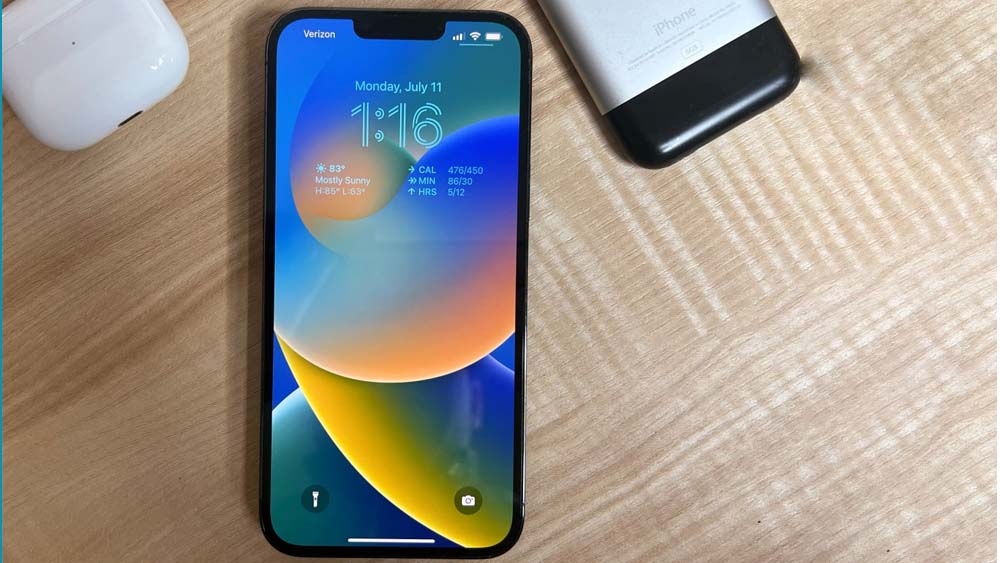Tips For Testing Your App Before Publication
Tips For Testing Your App Before Publication

It’s just as awful to publish an untested mobile app as it is to publish an incomplete app. Few apps are finished when they are first released, let alone perfect, but many are at least a minimum viable product (MVP). Before being released, they would have undergone at least one round of testing.
Several testing platforms are accessible for native and hybrid mobile apps. Some only support testing for one particular OS, such as iOS or Android. However, some platforms let you test both versions of your programme if you plan to release it for both OS. However, the majority of these are paid services. Developers can test their native or hybrid mobile apps for free using methods provided by both Apple and Google. Any web-based applications you create should also be tested. However, the testing process is different because you do not publish these to the Google Play or App Store.
The only no-code platform that makes it simple and economical for anyone to create a native mobile app is nandbox. Different platforms offer hybrid or web-based apps. The free mobile app testing services offered by Apple and Google are beindescribed here. Regardless of whether you created your app, you can use these to test native or hybrid mobile apps.
Why Test Your App Before Releasing It?
To make sure all features function as intended, you test your app before making it available. This includes analysing the app’s stability and usefulness. You may check each of these out for yourself. However, having others test it can help you find problems you missed, neglected, or did not expect.
Not everyone is utilising the most recent phone model or software update. Whether you created your software for iOS, Android, or both platforms, this is applicable. And unlike iPhones, there are dozens of Android phones available from various manufacturers. Large-scale testing will enable you to identify problems that are unique to particular phone models or operating system versions.
It is common for app developers to state that they have optimised their programme for the most latest operating system and phone releases. However, this frequently encompasses mobile devices and operating systems from the past three to four years.
Testing an iOS App Using TestFlight

Apple has made an app called TestFlight available to developers so they may test their iOS applications with users. Although using TestFlight is free, you must be a participant in the Apple Developer Program. Additionally, you will require others to test your app for you:
- If you’ve gathered the email addresses of people who want to be notified when your app starts, get in touch with them to see if they’d be interested in testing it out.
- Whether your app is intended to help your current business, ask any of your current customers if they would be interested in serving as testers.
- Ask for testers on social media, such as Reddit. Without the need to personally administer a list, you may create a public link that anyone can use to sign up.
Your software tested by up to 10,000 external users through TestFlight, and different users can test different versions of your app. 90 days after it was initially uploaded, every build is still accessible for testing. The first build you add for outside testers will be evaluated by the App Store. This is be done to make sure the App Store Review Guidelines are followed. Once they’ve given the app their approval, testing can start.
Through the TestFlight app, testers may provide you instant feedback and attach screenshots to highlight any problems they run into. The system will prompt testers to provide you information about any programme problems if you enable crash reporting.
Testing an Android App Using Google Play Console

Google’s Play Console, like TestFlight, allows people to test your app before you publish it. Play Console is free to use for testing and supports open, closed, and internal testing. Internal testing, as the name implies, is intended to have a limited group of trusted users evaluate your app before enabling a bigger group of volunteers to test it. There are major distinctions between open and closed testing that you should be aware of:
Closed Testing – Internal testing allows you to test your software with up to 100 trusted users before releasing it. It allows you to test your app with a much bigger set of people without first posting it on Google Play. Closed testing, like TestFlight, will necessitate the recruitment of people. For a closed test, you will need to create an email list and manually add testers.
Open Testing entails publishing the test version of your software on Google Play for anybody to discover and install. This eliminates the need to manage an email list, and users may still provide private comments via the app. However, your app and store listing must be ready for display on Google Play.
Multiple closed tests and one internal test can run concurrently. This can be handy for assigning separate groups of testers to distinct features or tests.
Things To Remember When Testing Your App
You won’t always know who your testers are with TestFlight. When testers offer comments using the app, they can choose not to include their email address. However, you will be able to see the tester’s device and iOS version, as well as other critical—but non-identifying—information.
Provide testers with information on the app’s goal, even if you believe it is apparent. Request that they also complete specified jobs, such as:
Making an account and updating their information.
Signing in with Facebook, Apple, or Google (if offered in your app).
In the case of e-commerce apps, instruct customers to locate specific items in your store, add them to their basket, and then proceed to the checkout procedures.
Test all of your app’s functions, with a special emphasis on any that require phone and operating system features, such as the calendar, camera and camera roll, and others.
Keep in mind that there are two sorts of Android releases: an APK version for testing your application before publishing, and a bundle version for publishing on the Google Play Store.
If you have direct access to your app testers, give them questions as part of their feedback, such as:
- Which characteristics were the most and least useful.
- compared to other apps they’ve installed, how quickly the installation went.
- How simple it was to access particular screens and locate the information they required.
- Why they might or might not use the app once again
- Which functions didn’t function or didn’t function as planned.
- how likely they are to advise friends to download the app.
- What attributes or capabilities did they feel were lacking?
nandbox makes it easy and affordable for anyone to develop a native app for iOS, Android, or both operating systems. And with dozens of features that you can add to your app, Your app may be straightforward or intricate. However, even if nandbox makes developing mobile apps easier for everyone, you still need to have your app tested. Additionally, you should retest your app after making any big modifications. Whether you’ve changed the flow or added or eliminated elements.
The post Tips For Testing Your App Before Publication appeared first on ReadWrite.
(6)


